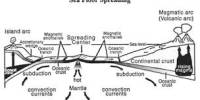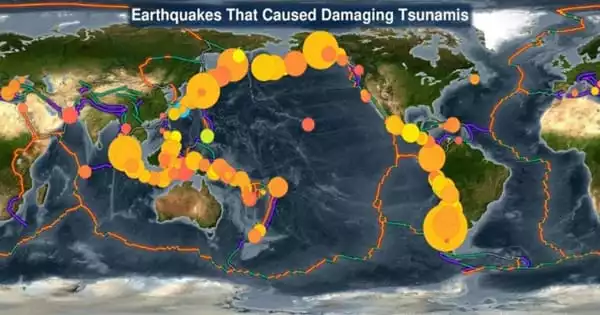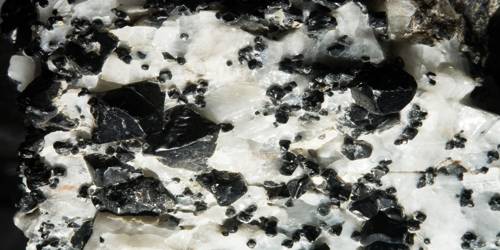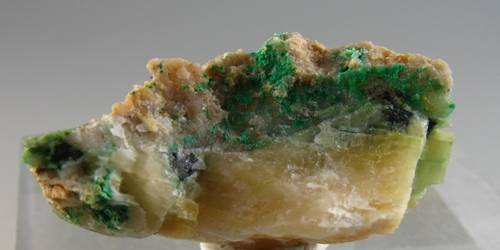Geologists examined the geographical and temporal distribution of methane concentrations in the air of northern Siberia with geological maps in a study led by the University of Bonn (Germany). As a result of the increased methane releases from limestone formations during last year’s heatwave, methane concentrations in the air have increased. The findings were reported in the Proceedings of the National Academy of Sciences (PANS) journal.
Permafrost soils, which are permanently frozen, cover most of the northern hemisphere, particularly in northern Asia and North America. If they thaw in a warmer planet, the emission of CO2 and methane, which exacerbate the anthropogenic greenhouse gas impact, might be dangerous. “Methane is particularly dangerous here because its warming potential is many times higher than that of CO2,” says Prof. Dr. Nikolaus Froitzheim of the University of Bonn’s Institute of Geosciences. As a result, pessimists have already predicted the arrival of a “methane bomb.”
However, most earlier predictions indicated that permafrost thawing will contribute “only” around 0.2 degrees Celsius to global warming by 2100. New research by Nikolaus Froitzheim and his colleagues Jaroslaw Majka (Krakow/Uppsala) and Dmitry Zastrozhnov (St. Petersburg) has called this assumption into question.
The majority of prior research focused solely on emissions from the decomposition of plant and animal remnants in permafrost soils. Researchers headed by Nikolaus Froitzheim compared methane quantities in Siberian air measured by satellite-based spectroscopy to geological maps in their present work. The Taymyr Fold Belt and the margin of the Siberian Platform, both in northern Siberia, have much higher quantities.
The bedrock in these two extended regions is created by the Paleozoic age (the period from about 541 million years ago to about 251.9 million years ago) limestone formations, which is rather impressive. The high amounts in both regions occurred during the severe warmth of summer 2020 and lasted for months afterward.
But how did the additional methane occur in the first place? “The soil formations in the observed areas are very thin to nonexistent, making methane emission from the decay of organic soil matter unlikely,” says Niko Froitzheim. As a result, he and his colleagues believe that warming made fractures and cave systems in limestone that had been blocked by a combination of ice and gas hydrate permeable. “As a result, natural gas being mainly methane from reservoirs within and below the permafrost can reach the Earth’s surface,” he says.
The scientists will now conduct measurements and make calculations to determine how much and how quickly natural gas will be discharged. “The projected volumes of natural gas beneath North Siberia’s subsoil are enormous. When sections of this are released into the atmosphere as a result of permafrost thawing, it may have drastic consequences for the already overheated global climate,” emphasizes Niko Froitzheim.
The research included the universities of Bonn, Uppsala, and AGH Krakow, as well as the Karpinsky Russian Geological Research Institute in St. Petersburg.
















